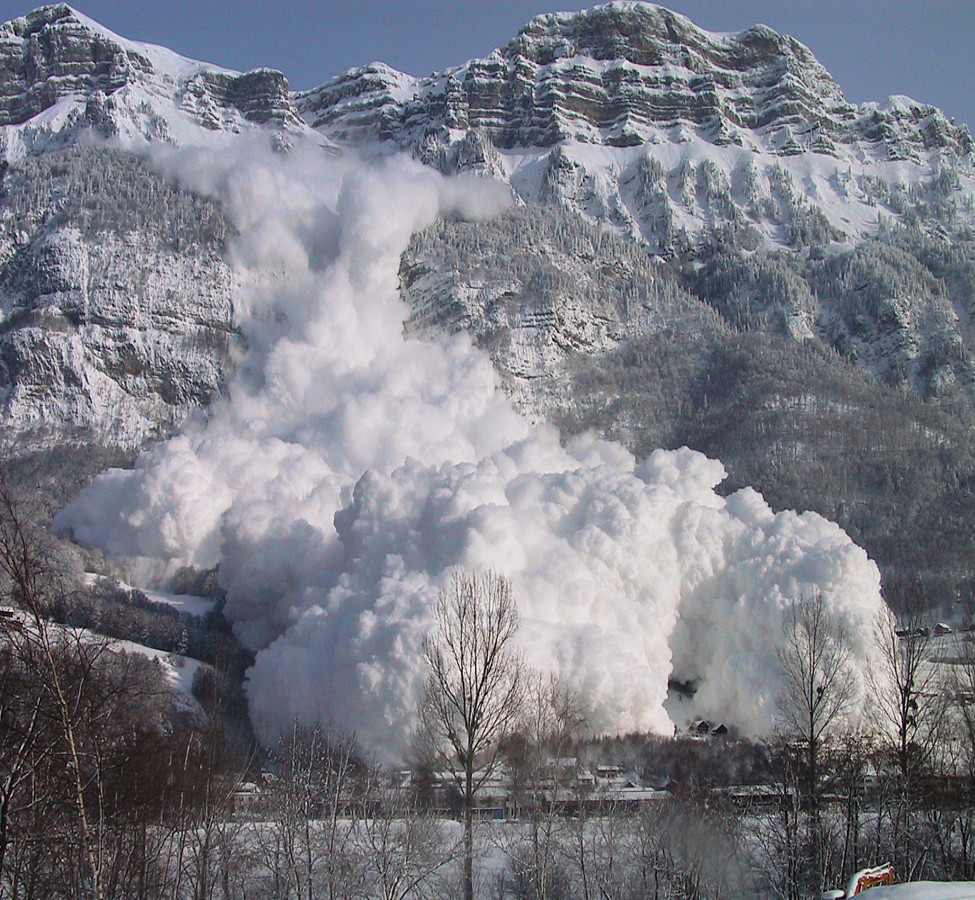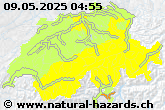Formation of a tornado
The formation of the strong cyclonic movements requires powerful upwinds in a storm cloud (cumulonimbus). The development of such strong thunder cells is favoured when warm damp air is overlaid by cold air masses. It is not yet exactly understood how the rotating cloud tunnel, the diameter of which can vary from 10 metres to several kilometres, forms.
Rotation speeds of between 450 and 500 km/h are possible in the interior of a tornado. The upwinds inside the tunnel can reach speeds in excess of 150km/h. Tornadoes travel over the earth’s surface at an average speed of around 50km/h. The paths are usually several hundred metres wide and between 10 and 50 kilometres long. The stronger a tornado is, the longer it lasts: i.e. between a few minutes in the case of a weak tornado and up to over an hour in the case of very strong ones.
The force of tornadoes arises from the extremely high rotation and vertical speeds, on the one hand, and the dramatic reduction in pressure as they pass through the tunnel, on the other. This sudden reduction in pressure can cause houses to explode as their normal internal pressure in relation to the abnormally low atmospheric pressure in the tunnel becomes excess pressure in a matter of seconds.
back




